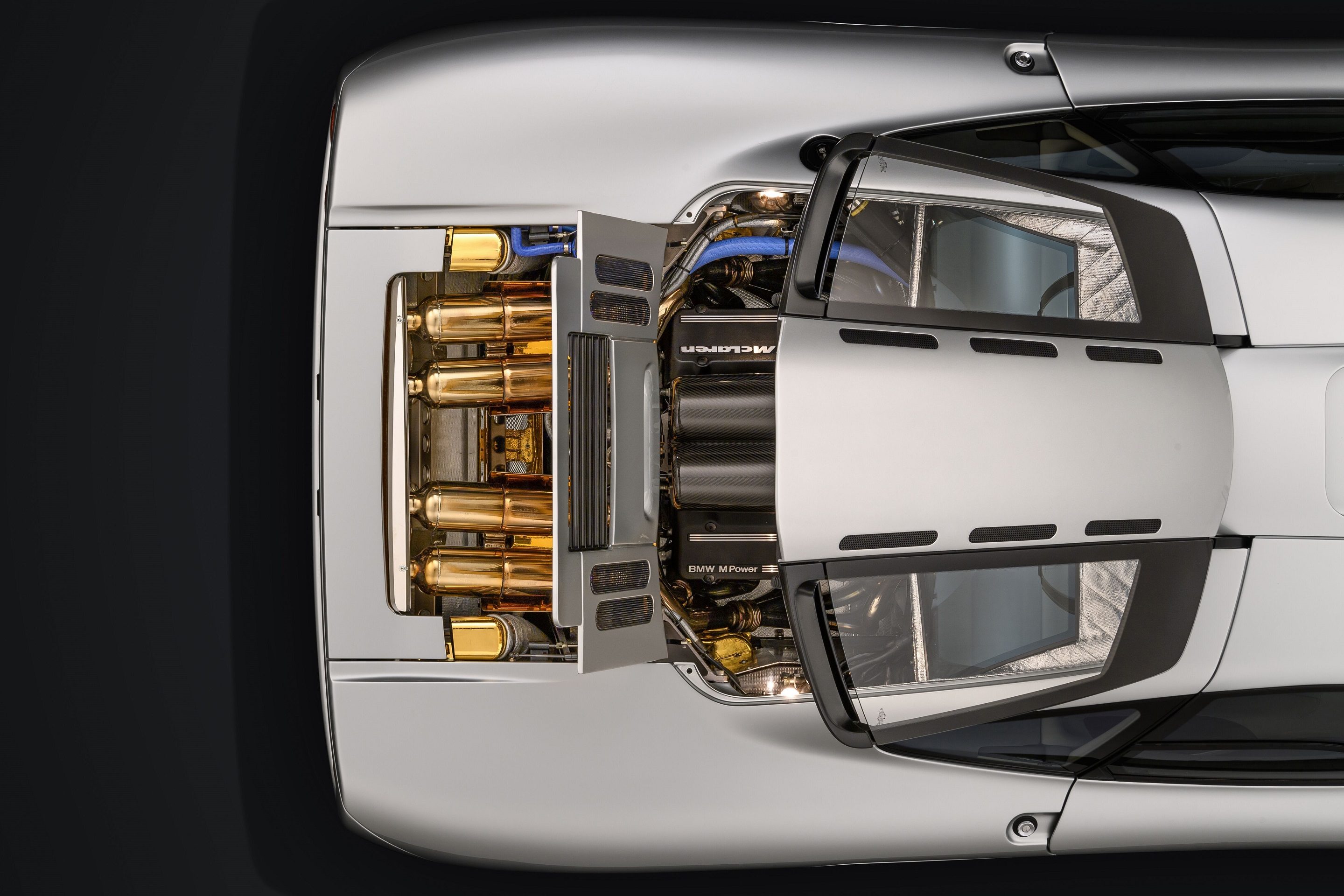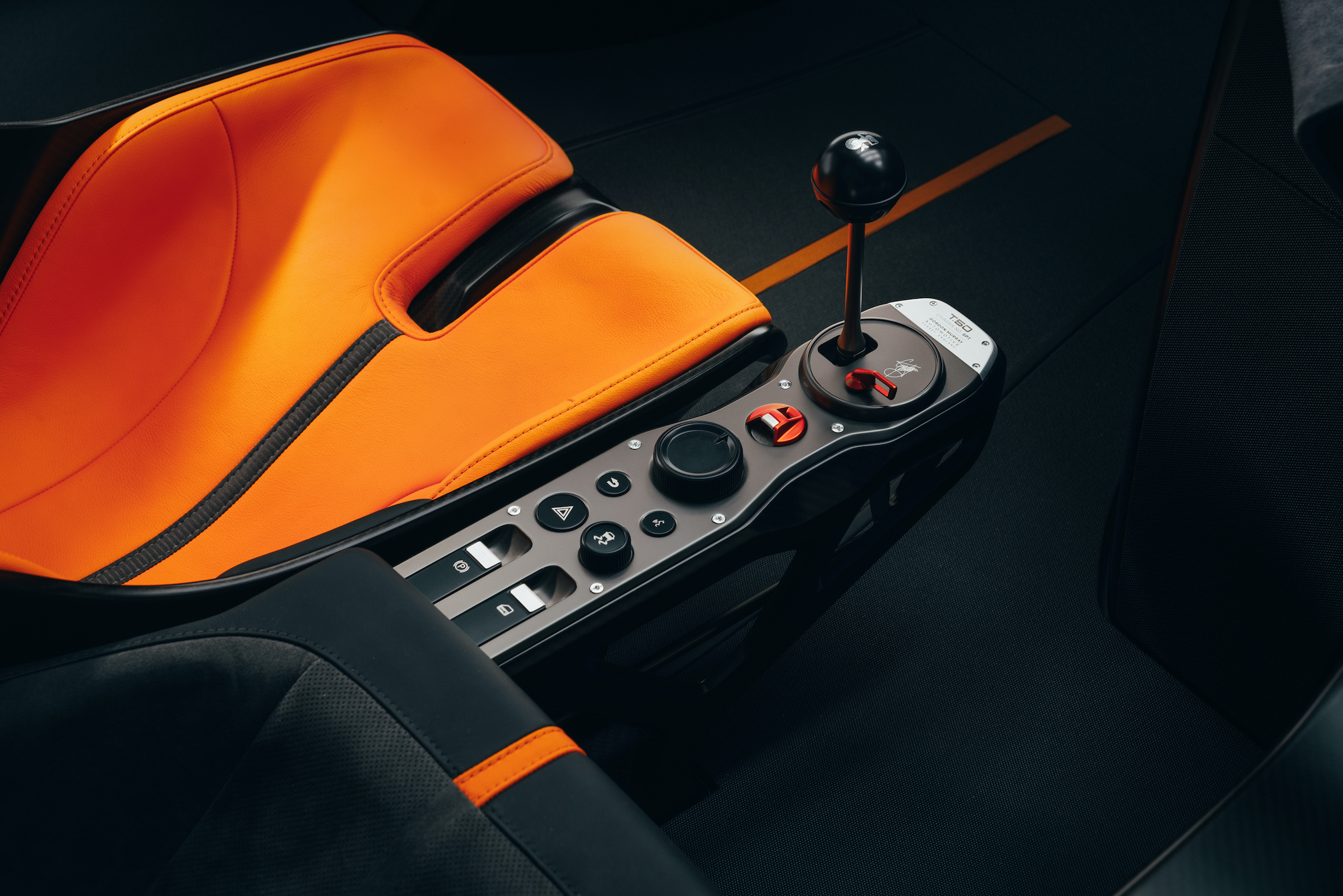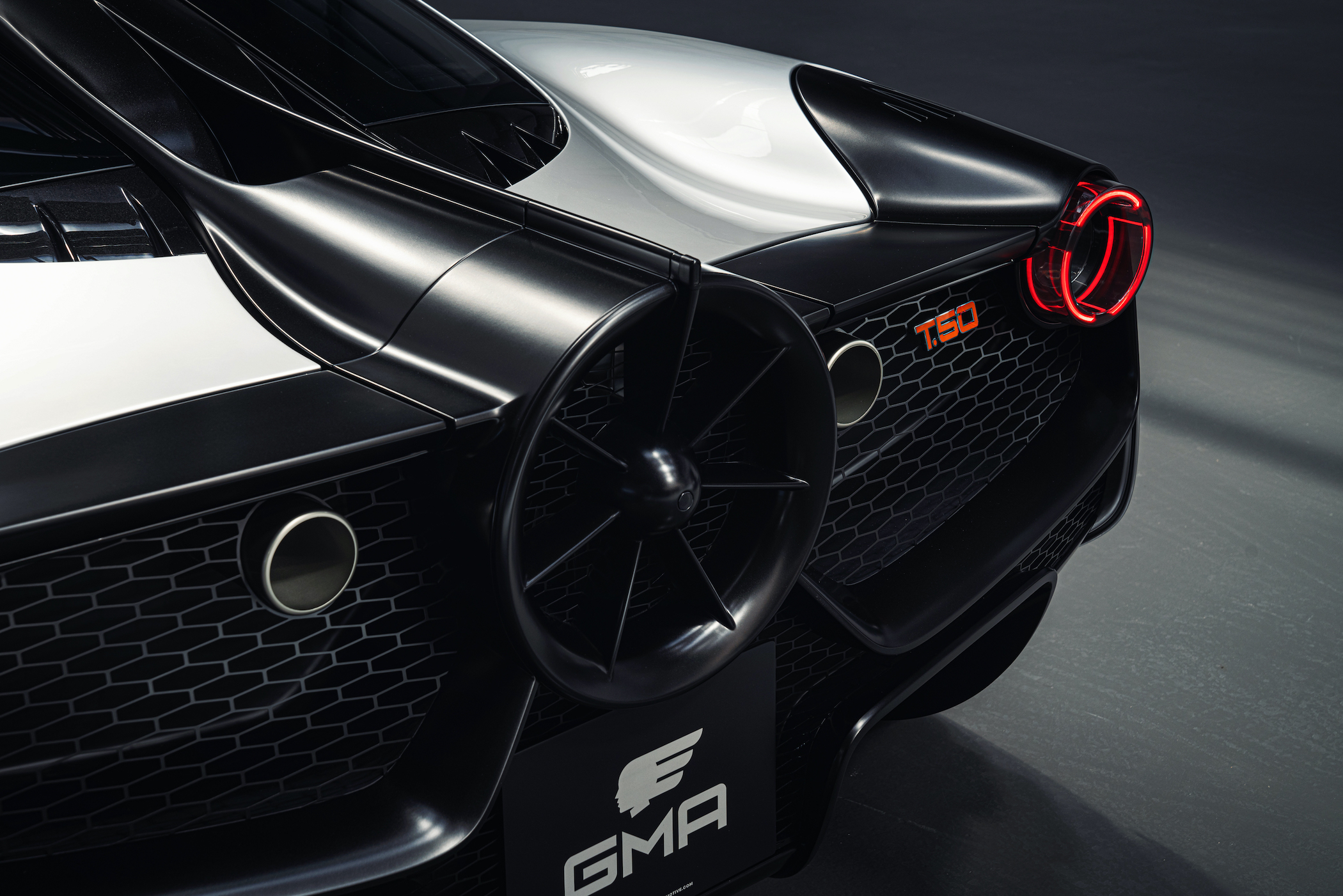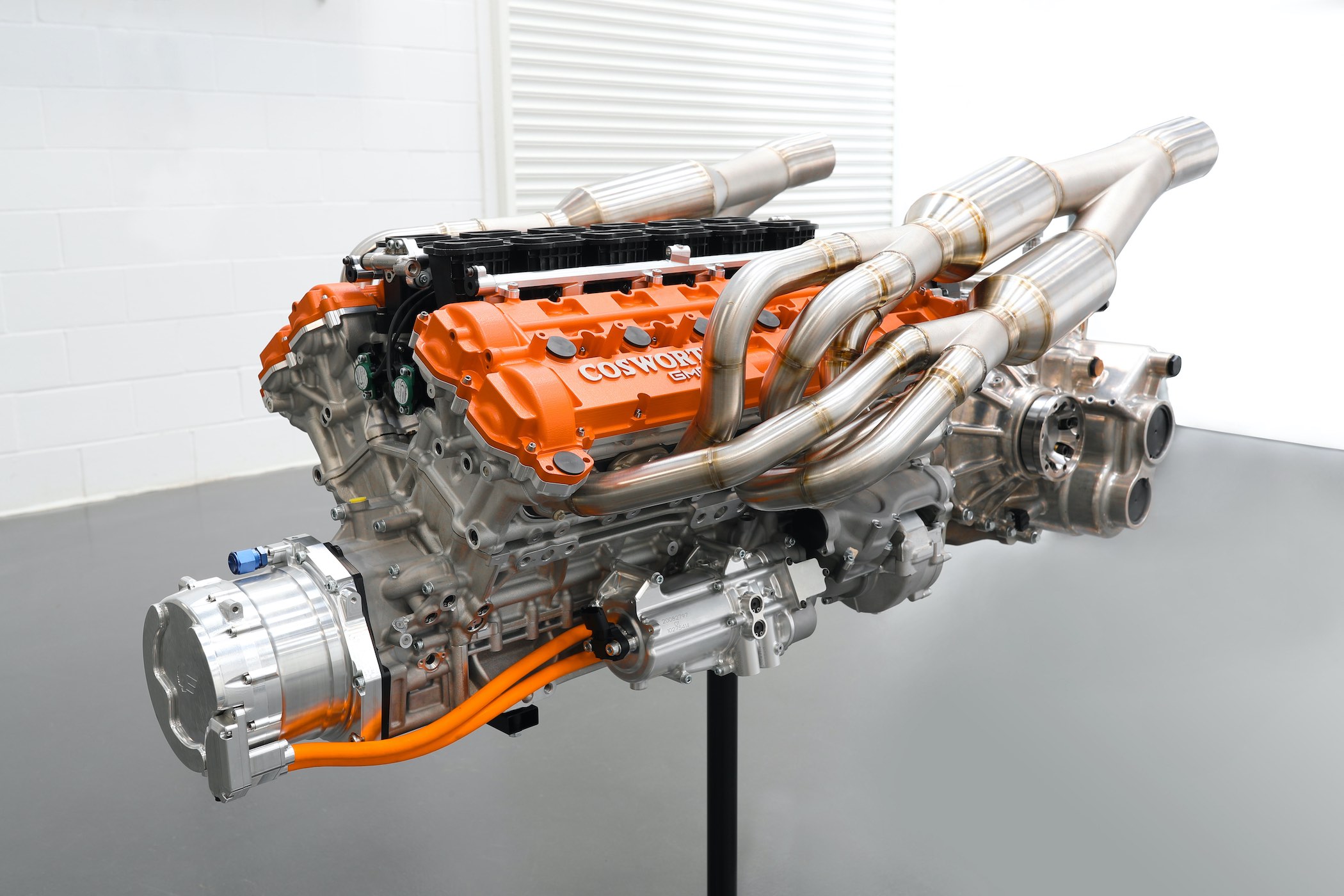Gordon Murray Automotive T.50, An Evolution of the Legendary McLaren F1
What could be the purest, most satisfying supercar of the 21st century (yet...)

Years in the making, with little bits of information dropping every now and then, finally the covers are off. Gordon Murray, legendary designer of the McLaren F1 and celebrated engineer in Formula 1 during the seventies and eighties, has revealed his Gordon Murray Automotive T.50 supercar. The philosophy of the GMA T.50 seems quite similar to the iconic F1 and as such, it should be regarded as the spiritual successor with a focus on one thing only; sheer driving experience.
In the early nineties, McLaren Automotive shocked the supercar market with the launch of a very unusual and VERY fast new car, the first McLaren-branded road car; the F1. It was unlike anything that came before it and was king of the hill for years. A naturally-aspirated 620bhp V12 supplied by BMW pushed the lightweight car to an astonishing top speed of 386 kph. The most noticeable features on the car, besides the engine of course, are the butterfly doors which give access to three people with the driver sitting in the centre of the car. Or pilot rather, which seems a more appropriate term.
Over a quarter of a century later, it is still a superb piece of engineering and a properly good, over-engineered car like we mentioned earlier in the year. It can still compete with some of the fastest cars to date, even though it’s top speed record was broken in 2008 when the Bugatti Veyron took over as the fastest production car in the world – setting a new record at 407 kph. Despite all this, the McLaren F1 has cemented its place in history and is a much desired yet extremely rare car sought after by collectors. Prices at auctions have gone through the roof, with the most recent examples selling for very close to 20 million dollars.
The Gordon Murray Automotive T.50 isn’t aiming to reclaim its spot on the top of the hill in terms of top speed but is very much an evolution of the idea behind the F1, incorporating the latest technology and materials. Apparently, this was never the case with the McLaren F1 either, where the emphasis was on power-to-weight ratio. It just happened to turn out blisteringly fast! The T.50 follows the same philosophical approach. Incredible attention to detail to achieve the perfect driving machine, it is an improvement on the F1 in every conceivable way, according to the man who designed it.
At the heart of everything is a naturally-aspirated 4-litre V12 pumping out around 650-660 horsepower. The engine is a real marvel of engineering and revs up to 12,100 rpm. That’s a redline you normally see in bikes, not cars. At the moment, the engine is being tested and finalized by Cosworth, who partnered with Gordon Murray on this project. The engine is linked to a six-speed manual transmission, which seems rather unusual considering all the flappy-paddle 7- or 8-speed dual-clutch gearboxes you’ll find in every other hypercar these days. A six-speed manual gearbox weighs far less than any automatic, however, and also makes the driver more involved when driving. Everything that is on or in this car serves only one purpose; the essence of driving. Everything is focussed on agility and responsiveness. Not on numbers.
To optimize the performance and experience of the car, the Gordon Murray Automotive T.50 has one important ace up its sleeve; a functional fan. Now, we’ve seen this before in a Chaparral 2J we included in an earlier episode of The Petrolhead Corner. Gordon Murray is famed for having developed the Brabham BT46B F1 car, which incorporated an engine-driven fan and skirts to create a vacuum underneath the car, which massively increased downforce. It raced only once, winning the 1978 Swedish Grand Prix in the hands of Niki Lauda.
Where the system in the BT46B was a very rudimentary one, the fan-system in the T.50 is a very sophisticated unit. Paired with adjustable underbody ducts, various intakes, diffusers and tunnels to improve airflow, it results in an insane amount of downforce in a road car. The car has six different settings for the aerodynamics and the fan, depending on what you want to get out of it. There is even a setting for the car that makes the fan and active aero simulate a long-tail design and achieve higher top speed. All of this, and more, of course, is explained in the video by DriveTribe:
In terms of specifications, this is truly a mindboggling machine, but funny enough Gordon Murray doesn’t care much for top speed or zero-to-sixty times. When asked how fast this car accelerates to 60mph/100kph, his simple answer is “I have no idea, and don’t care”. That’s how dedicated he is to the single purpose this car is built for. This dedication results in a car that weighs just 986 kilos, about 150 kilos less than the McLaren f1. Gordon Murray claims it has a better power-to-weight ratio than a Ferrari LaFerrari, Porsche 918 Spyder or McLaren P1 and even the McLaren P1 GTR (the non-road-legal version). Time will tell to see how this car will perform on open roads or track, as it is currently in the final stages of development. After building and testing the necessary prototypes to comply with regulations the car is scheduled to release sometime next year. Only 100 cars will be built, at a price of GBP 2,360,000 each.
Sadly there’s no footage of this car being put through its paces, or being pushed on a race track by an ace driver. Offering a little bit of conciliation, the video by Drivetribe includes a clip of the engine being tested up to 8,000rpm and that is a definite audible treat to enjoy so be sure to check that out!
There’s much to find on this car out there already, but the main sources for this article were TopGear and DriveTribe.
















2 responses
interesting Article Once again Gordon comes up with something truly fabulous. Sadly I can think of 2,360,000 reasons not to buy one.
Agree… It’s a dream that will never come true for mere mortals. But still, we can enjoy and contemplate.